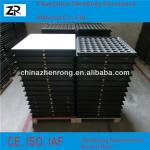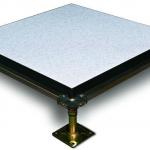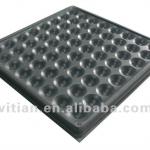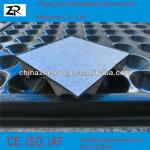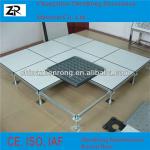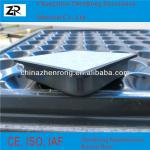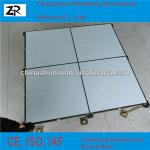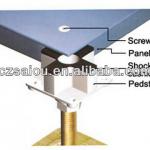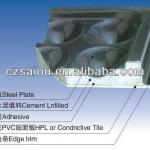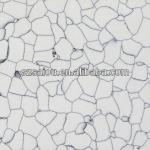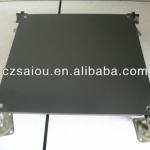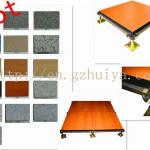Carpenter oriented Wood Polymer Composite Deck Board(WPC) - Hollow&Solid
| Place of Origin: Shandong China (Mainland) | Brand Name: Lvsen | Model Number: Hollow&Solid | Function: Waterproof and Anti UV |
| Surface Finishes: Embossed,Brushing,Sanding | Authentications: CE&ISO9001 | Technolgy: Adopting the technologies of Dupont | Warranty: 15 Years |
| Type: Anti-Static Flooring | Material: Fireproof & Waterproof Materials |
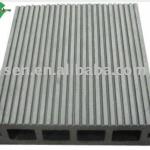
Carpenter oriented Wood Polymer Composite Deck Board Traditional wood look, eco friendly, concealed fixings for barefoot safety and professional installed appearance.
Unlike pure plastic lumber, composite decking is a wood-based product with plastic added to enhance its durability. Typically, wood sawdust and plastic are heated and mixed together, then formed into the desired shape. The result is a product that combines many of the strengths of wood with the benefits of plastic.
Composite decking behaves like wood in many ways, but with some unique advantages. A composite deck requires much less maintenance than wood, is more resistant to common problems such as weather and insect damage, and can last much longer before it needs replacing. On the other hand, composite decks require additional structural support to prevent sagging, cannot be sanded down to fix scratches or stains, and can fade unevenly when exposed to the elements—although some composite decks include UV protection to mitigate this.
Here is a point-by-point comparison to show how composite decking differs from wood:
| Wood Decking | Composite Decking | |
| Maintenance | Requires regular coats of stain or sealant throughout its life in order to remain protected from moisture and sunlight. | Never needs to be painted, sanded, stained or sealed. Will occasionally require cleaning. |
| Weathering | Absorbs moisture and is susceptible to mold, mildew and rot. | The plastic adds resistance to moisture and rot, while mold inhibitors can prevent the growth of mold. |
| Longevity | Because it’s an organic material, it will eventually rot. | Can last 2-3 times longer than wood. |
| Pests | Vulnerable to insect and termite damage. | Highly resistant to insects and termites. |
| Warping | Has high dimensional stability and is more rigid than plastic, but is prone to warping and splintering. | Has more dimensional stability than pure plastic but may deform slightly under extreme heat. Will not warp, splinter or check. |
| Appearance | Has a natural look if left unpainted. Can be stained or painted for a wide variety of styles. | Can vary from a plastic-like look to simulated wood grain. Usually available in a variety of colors, but cannot be painted. |
| Environmental Impact | Uses virgin natural resources, which requires the harvesting of lumber. | Both the wood and the plastic in a composite deck can come from recycled sources. The amount of recycled content varies between manufacturers. |
| Cost | Costs less than composite initially, but requires regular maintenance costs for the life of the deck. | Costs more than wood initially, but makes up for it in savings from maintenance costs. |
| Packaging Detail:Anti Water package and on pallets First packed by epispastic paper,then by weaving bag |
| Delivery Detail:Within Two Weeks 10 Days |



